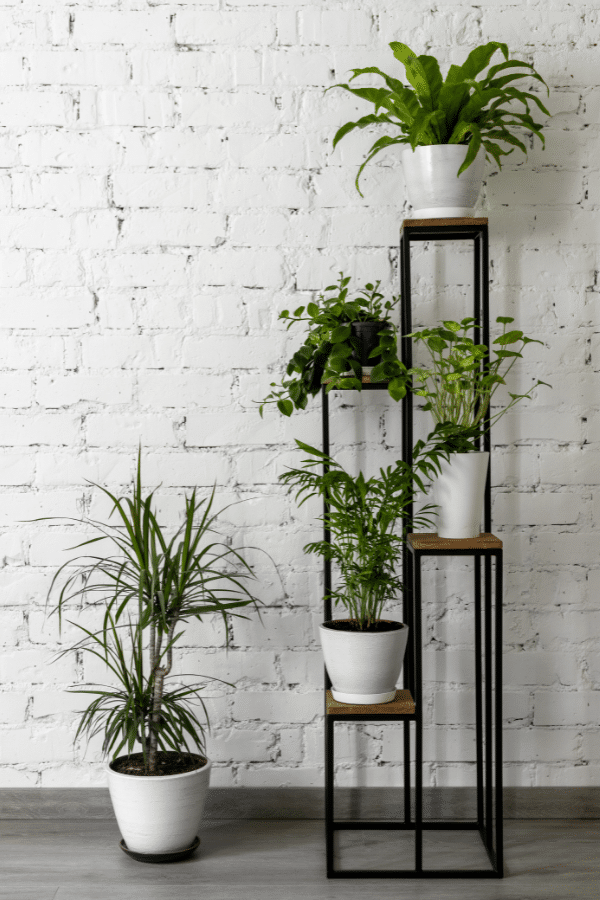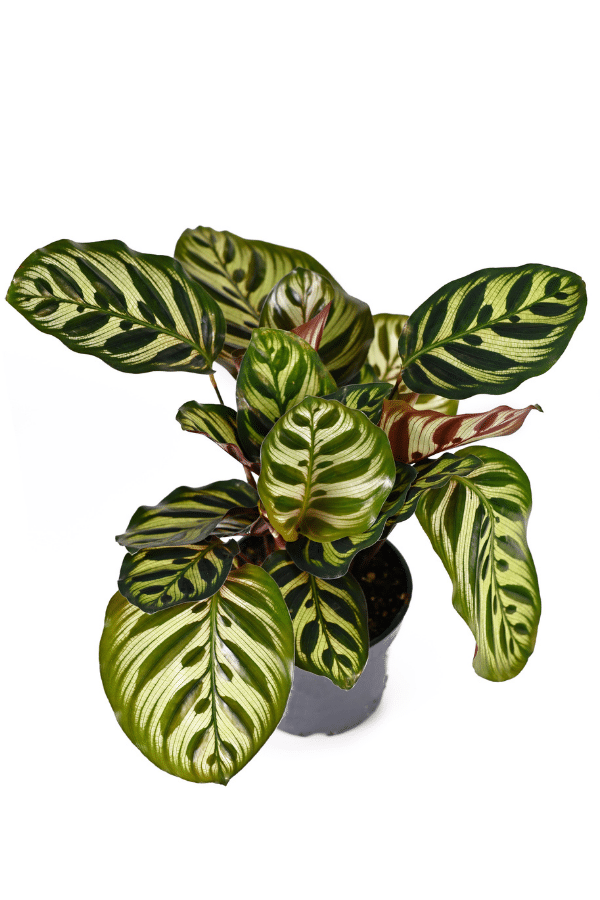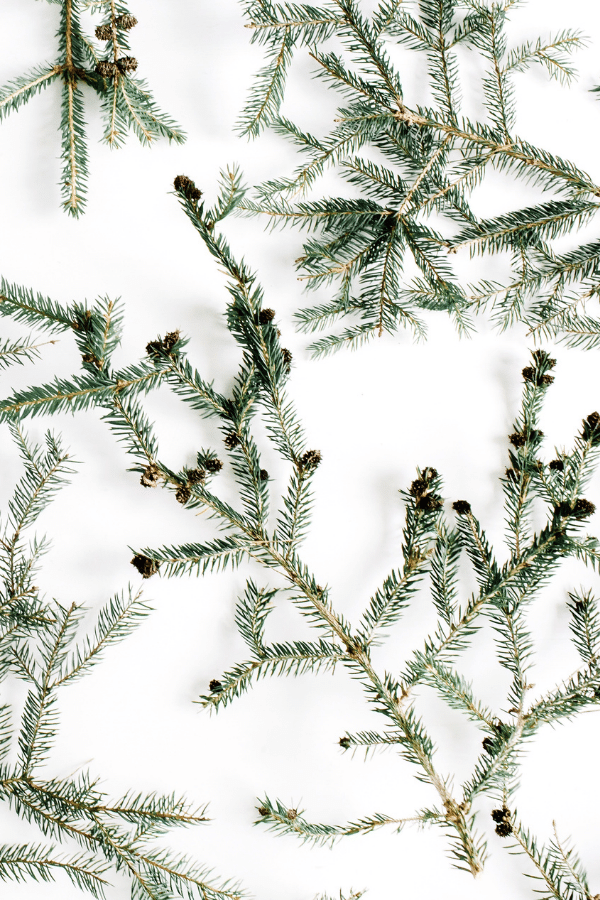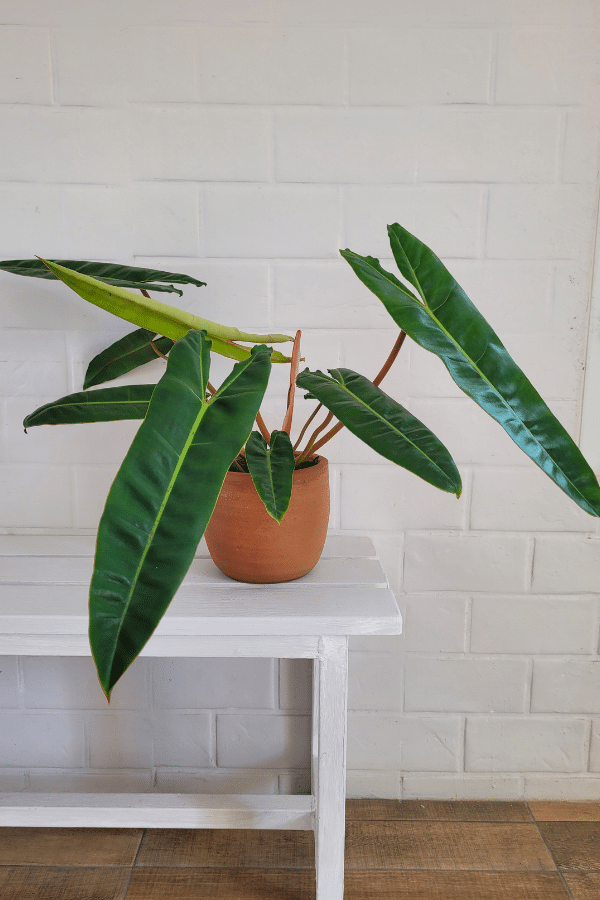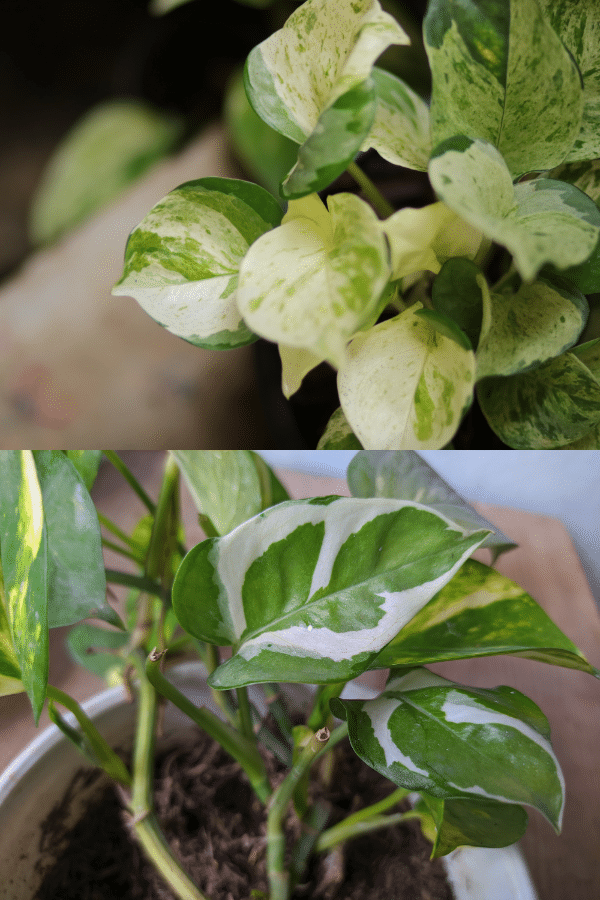Philodendron Squamiferum
Scientific Name: Philodendron Squamiferum
Common Name: Red Bristle Philodendron
Philodendron Squamiferum care is an easy Philodendron to grow and care for. If you’ve grown and love Philodendrons and you’re looking for a new one to care for, a Philodendron Squamiferum houseplant may be for you.
To give this Philodendron plant the best care, it requires well-draining soil, keep the soil moist by watering often, provide it with bright indirect sunlight, temperatures ranging from 60-75F, and average to high humidity levels.
Quick Care Overview
| Common Name | Red Bristle Philodendron |
| Scientific Name | Philodendron Squamiferum |
| Family | Araceae |
| Origin | French Guiana, North Brazil |
| Growth Rate | Slow |
| Identification | Glossy green leaves with oak-shaped lobes |
| Height | Up to 5 feet tall |
| Soil | Well-draining soil |
| Water | Keep soil consistently moist |
| Temperature | 60-75F |
| Sunlight | Bright indirect sunlight |
| Toxic to Cats & Dogs | Yes |
| Toxic to Humans | Yes |
| Pests | Spider mites, fungus gnats |
| Diseases | Root rot, leaf spot, blight |
Below we will dive deep into this Philodendron Squamiferum care guide.
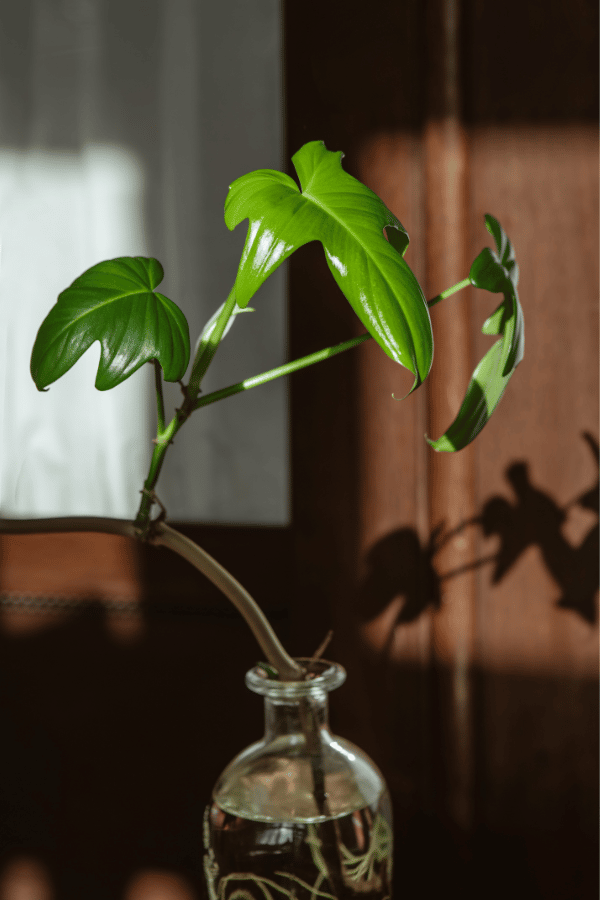
Philodendron Squamiferum History
Central American native, Philodendron Squamiferum, also known as the hairy or red bristle Philodendron, is a popular, rare plant that sports distinct oak-shaped foliage. This epiphytic aroid is fun to look at, as its stems are covered in fuzzy red hair.
Philodendron Squamiferum Identification
Philodendron Squamiferum is easy to identify as it has glossy, oak-shaped foliage with five lobes. Younger foliage sports a violin shape but becomes lobed as it matures. Stems are covered in red hair. This epiphytic plant has a climbing growth habit and has aerial roots.
Philodendron Squamiferum Growth Facts
The red bristle Philodendron has a slow growth rate and will go dormant in winter.
How Big Does a Philodendron Squamiferum Get?
This climbing plant may reach up to 5 feet tall when cultivated indoors.
Philodendron Squamiferum Care
This plant is easy to care for and is very popular amongst houseplant collectors. Just ensure that you provide it with plenty of bright indirect light, warmth, and humidity.
Philodendron Squamiferum Soil
Philodendron Squamiferum likes to grow in a light, airy, well-draining mix. A mixture of coco coir, sphagnum moss, potting soil, and orchid bark will be a perfect soil mix for your plant.
Philodendron Squamiferum Fertilizer
Philodendron Squamiferum is not considered a heavy feeder. You should fertilize it every other month during the growing season using a balanced liquid fertilizer indicated for houseplants. Do not feed your plant in winter.
Philodendron Squamiferum Watering
Philodendron Squamiferum loves to remain consistently moist but not oversaturated with water. Therefore, you should rewater your plant after the top 1 inch of soil has dried. However, it is essential to keep in mind that this Philodendron is more sensitive to overwatering than other Philodendrons. Therefore, depending on growing conditions, you will likely need to water your Philodendron weekly during the warm growing season and every other week in winter.
Philodendron Squamiferum Light Requirements
Your Red Bristle Philodendron will like to be placed in bright, indirect light. Your plant will also tolerate low light conditions, but this may lead to leggy slowed growth. However, this plant should never be kept in intensely bright light, as this may lead to foliage scorching easily.
Philodendron Squamiferum Temperature & Humidity
Philodendron Squamiferum is a tropical-dwelling plant that loves to be kept in warm, humid environments. You should drive to keep your red bristle Philodendron between 60-75 degrees Fahrenheit, and ideally never expose it to temperatures below 60 degrees Fahrenheit, as this may cause permanent damage. Additionally, your plant will like to remain in a humid environment, between 60-65% humidity. You may aid your plant’s growth by installing a humidifier. Growth will halt if this plant is kept in under 50% humidity.
Repotting Philodendron Squamiferum
As your plant matures, it will need to be repotted as soon as new growth halts, and the soil becomes dried out quickly after rewatering. Repotting is best done in the spring. Select a container that is 1-2 inches larger in diameter than the previous container, refresh the soil, repot your plant, tamp lightly, water your plant thoroughly, and place in indirect light.
Philodendron Squamiferum Maintenance & Pruning
Your Philodendron Squamiferum will not require much maintenance or pruning. However, you may control its growth by pruning back its branches in spring. These pruning’s may be used in propagation. Periodically remove any dead or discolored foliage and discard.

Philodendron Squamiferum Propagation
Propagation may be quickly done through stem cuttings. Propagation should be done during the growing season. To propagate, clip stems that are 5-6 inches in length using sharp, sterilized shears. Cut just below a leaf node and ensure that the stem has a few leaves. Place the cutting(s) into water. Roots should develop within a few weeks. Ensure that the water does not dry out or become murky. After the roots have become a few inches long, plant them into potting mix, water them thoroughly, and place them in indirect light.
Philodendron Squamiferum Toxicity
Toxicity to Humans
Philodendron Squamiferum is considered toxic to humans due to its calcium oxalate crystals. Therefore, do not consume any portion of this plant.
Toxicity to Cats & Dogs
Unfortunately, Philodendron Squamiferum is considered toxic to pets. Therefore, do not allow your pets to consume this plant. However, if you suspect your cat or dog has ingested this plant, contact your veterinarian or animal poison control immediately.
Philodendron Squamiferum Problems
Philodendron Squamiferum Leaves Turning Yellow
Yellowing foliage is often due to overwatering. Avoid irregular watering schedules to prevent issues.
Philodendron Squamiferum Leaves Turning Brown
Foliage browning is most commonly due to overwatering or too much direct sunlight. Ensure that you do not allow this plant to sit in excess water within the plant container’s drainage tray.
Philodendron Squamiferum Diseases
Unfortunately, Philodendron Squamiferum can suffer from blight and bacterial leaf spot. Upon identifying the disease, isolate your plant, and treat it with a fungicide, such as copper.
Philodendron Squamiferum Pests
Philodendron Squamiferum may be affected by spider mites, fungus gnats, and other indoor houseplant pests. Therefore, inspect your plant periodically for signs of infestation. Upon identifying an infestation, isolate your plant, and treat it with a pesticide, such as neem oil or insecticidal soap.

